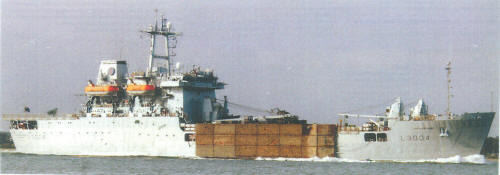
NAVYPEDIA
 Support the project with paypal
Support the project with paypal
Photo

Sir Percivale 1994
Ships
| Name | No | Yard No | Builder | Laid down | Launched | Comp | Fate |
|---|---|---|---|---|---|---|---|
| Sir Bedivere | L3004 | 760 | Hawthorn Leslie, Hebburn | 28.10.1965 | 20.7.1966 | 18.5.1967 | to Brazil 2.2008 (Almirante Saboia) |
| Sir Galahad | L3005 | 690 | Stephen, Glasgow | 22.2.1965 | 19.4.1966 | 17.12.1966 | sunk 8.6.1982 |
| Sir Geraint | L3027 | 691 | Stephen, Glasgow | 21.6.1965 | 26.1.1967 | 12.7.1967 | BU 7.2005 |
| Sir Lancelot | L3029 | 818 | Fairfield, Glasgow | 3/1962 | 25.6.1963 | 16.1.1964 | sold 6.1989 |
| Sir Percivale | L3036 | 762 | Hawthorn Leslie, Hebburn | 27.7.1966 | 4.10.1967 | 23.3.1968 | BU 12.2009 |
| Sir Tristram | L3505 | 761 | Hawthorn Leslie, Hebburn | 14.3.1966 | 12.12.1966 | 14.9.1967 | training hulk 12.2005 |
Technical data
| Displacement standard, t | 3270 L3029: 3370 |
|---|---|
| Displacement full, t | 5674 L3029: 5550 |
| Length, m | 115.8 wl 125.1 oa |
| Breadth, m | 19.6 |
| Draught, m | 4.30 |
| No of shafts | 2 |
| Machinery | 2 Mirrlees diesels L3029: 2 Denny-Sulzer diesels |
| Power, h. p. | 9400 L3029: 9520 |
| Max speed, kts | 17 |
| Fuel, t | diesel oil 850 |
| Endurance, nm(kts) | 8000(15) |
| Armament | fitted for 2 x 1 - 40/60 Mk 9, helicopter deck |
| Military load | 16 tanks, 34 vehicles, 534 troops, 4 LCVP Mk 4 |
| Electronic equipment | type 1006 radar |
| Complement | 68 |
Standard scale images

Sir Lancelot 1987

Sir Tristram 1990

Sir Percivale 1990

Sir Bedivere 2005

Sir Percivale 1979
Graphics
Project history
Sir Lancelot was the prototype of a class of six landing ships ordered by the Ministry of Transport for use by the Army. They were initially chartered to and operated by shipping companies, but were taken over by the Royal Fleet Auxiliary in 1980. They can carry, and operate, helicopters, sixteen main battle tanks, thirty-four mixed vehicles and up to 534 troops; they can also lay out pontoons. They were designed to mercantile specifications, to operate virtually as roll-on/roll-off ferries in support of the Army, and were never intended to take part in opposed landings - hence the generally lightweight construction and aluminium superstructure.
They had bow and stern ramps for vehicles.
Modernizations 7.
1985, Sir Tristram: was lengthened (134.7 oa, 120.6 pp, 5794t full load), 888t of diesel oil
1990s, all: - provision for 2 x 1 - 40/60, type 1006 radar; + provision for 4 x 1 - 20/90 GAM-B01, type 1007 radar, 4x Shield decoy RL
early 1998, Sir Bedivere: was lengthened (139.0 oa, 124.6 pp, 6700t full load), diesels were replaced by 2 Stork-Wärtsilä (9840hp)
Naval service
Sir Galahad 8.6.1982 during preparing to landing off Fitzroy, Falklands was attacked by 3 Argentine Skyhawks. She was hit by two or three bombs and fired. Later wreck was towed to sea and 25.6.1982 sunk by submarine Onyx. 8.6.1982 Sir Tristram was badly damaged by 1000pdr bomb from Argentine Skyhawk and sank on shallow water off Fitzroy. After war she was raised and was under repair and modernization till 1985.
 HOME
HOME FIGHTING SHIPS OF THE WORLD
FIGHTING SHIPS OF THE WORLD UNITED KINGDOM
UNITED KINGDOM AMPHIBIOUS SHIPS AND CRAFT
AMPHIBIOUS SHIPS AND CRAFT SIR LANCELOT logistic landing ships (6, 1964 - 1968)
SIR LANCELOT logistic landing ships (6, 1964 - 1968)


